|
The National Gallery has started doing a fine line in small, free exhibitions. They have also expanded. In room B, one of the new rooms slightly hidden on the ground floor, beyond the cafe they have displayed in one room a chronological selection all in one room. I always forget, until I go there again, how large and epic the National Gallery’s display is but this really hammered it home. Of the plethora on display I particularly enjoyed Willem Koekkoek’s View of Oudewater (seen above). This was just an unexpected bonus. Two things had drawn me back and that was Leonardo Michalengelo and Raphael , and Drawn in Colour: Degas From the Burrell. The first was one room of several of paintings from the two great masters. All religiosity and unnecessary dizzying heights of talent. I have to say though I find the religious subject matter difficult to relate to. It inspires awe a little but no great connection, at least not in me. Therefore of the three I find Leonardo whose people all seem more human and accessible, the more pleasing to me. Distracted only by basically everything between that exhibition and Degas, I eventually made it. The Burrell collections usual home is being renovated so a substantial number of Degas are on loan to the National Gallery and are well worth seeing. It displays in either oils, or pastel’s Degas’ main subjects of women (particularly dancers) and horses. Of the two he does women better. One of my favourites which I have seen before is Combing the Hair (above) where it is all rendered in shades of red to give this warm intimate scene. My two favourite pieces were Three Dancers and Woman Looking through Field Glasses. I was interested to see that Three Dancers (above right) was done on Tracing Paper. I once accidently did a pastel drawing, not on the paper but on the thin sheer sheet that protected it and it was much more effective than usual. Tracing paper has a similar texture so it was interesting to see it being used for pastel. This painting also shows quite well how actually most of Degas’ faces are very similar and pointy. They are only loosely sketched out, the whole thind being more about the stance and the movement. Woman Looking through Field Glasses (above left) is exactly that. Again you can see almost nothing of her face and it is all about the contemplative almost challenging stance and the tone and texture of her outfit. It is quite a powerful piece. He prepared this (and others) for use in later pictures and would apparently use the same stock drawing several times in larger works. This is a good idea I might steal. It's a good show and I would recommend it. I would also recommend on your way out stopping to admire the new acquisition by Belotto of the Fortress at Konstein (above) from the North. It is a large impressive piece with slightly oddly proportioned cows but also this massive and literally fantastic looking fortress looming at you from atop an escarpment. It is a good picture in of itself but also fired my imagination and sent if scampering off on Ruritanian tracks. A good purchase.
0 Comments
Leave a Reply. |
Archives
June 2024
Categories |

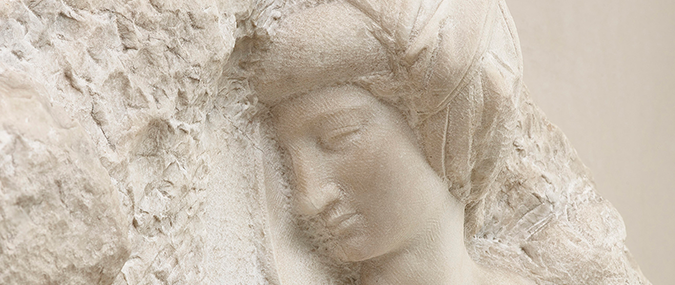
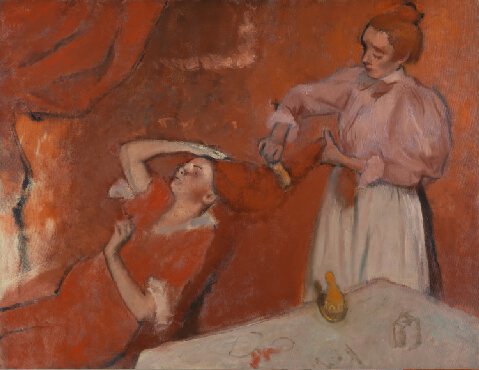
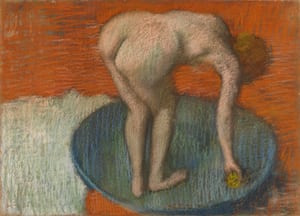
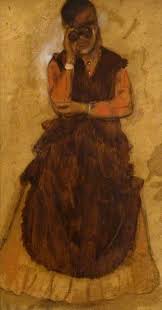
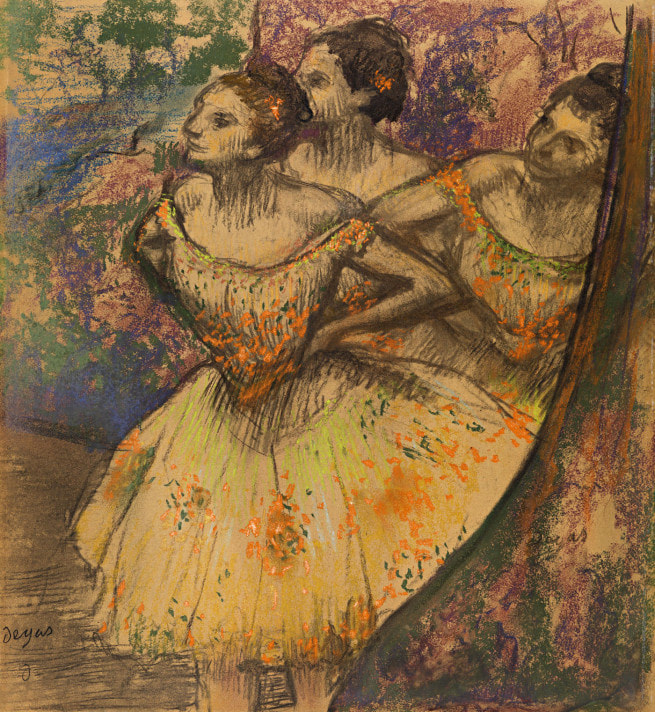

 RSS Feed
RSS Feed